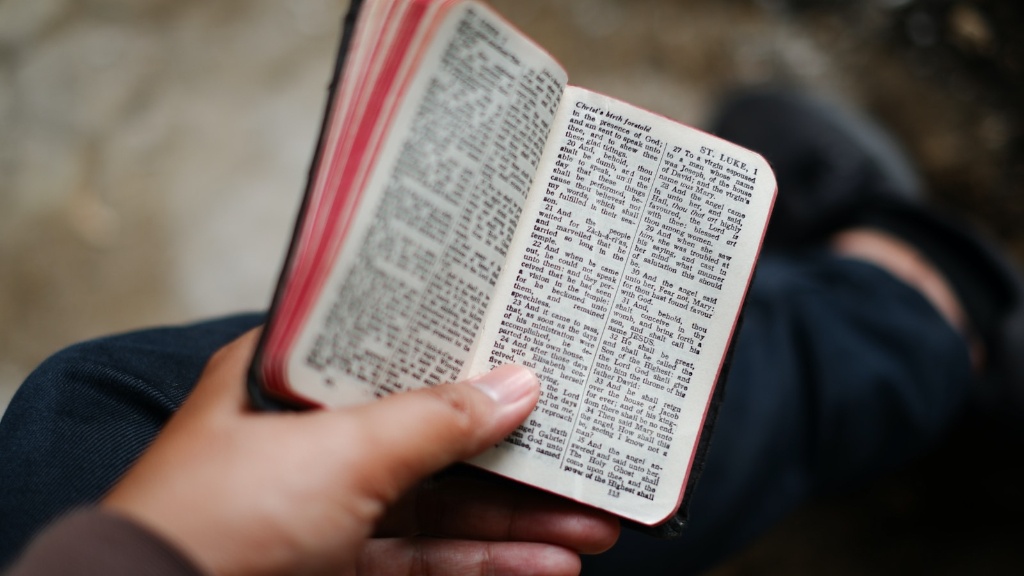Origin Of The Name Nimrod
The name Nimrod appears in the Bible only once, in Genesis 10:8. Here the word is used to describe a great hunter who “was a mighty hunter before the Lord”, and his descendents were among he fiercest warriors and rulers on earth. The name derives from the Akkadian “Namru”, meaning “victorious” or “subduer”.
In the wider Mesopotamian tradition, the legendary Nimrod is credited with building the city of Babylon and establishing an empire stretching from Tepe Mardin in Turkey and the Zagros Mountains in Iran to the Mediterranean Sea. He is also believed to have founded Nineveh, the capital of Assyria.
Although the Hebrew Bible does not explicitly identify Nimrod as a Babylonian or Assyrian king, many scholars believe that he was a ruler of the city of Babylon who later became a figure of mythic proportions.
Nimrod’s Character
Nimrod is described in the Hebrew Bible as a powerful hunter, a man of strength and courage who defies God by daring to build cities and towers close to His throne. Nimrod is portrayed as a warrior, who conquers and subjugates all who oppose him.
In some legends, Nimrod is described as defiantly confronting God, the “divine hunter” of the Bible, who cast him out of Heaven and later killed him. But in other traditions, Nimrod is seen as a hero, an example of a brave man who was unafraid to stand up to God and pursue power and greatness.
Nimrod has also been described as a “false messiah” and a figure of sinister power and arrogance. Some commentators have suggested that Nimrod’s power was rooted in his willingness to defy God. This interpretation has been used to explain the Tower of Babel story, in which God destroys Nimrod’s tower, symbolically overthrow Nimrod’s dominance, and dispersed the people to different parts of the world.
Nimrod In Later Interpretations
Nimrod has become an important figure in the traditions of several world religions. In Judaism, he is sometimes seen as a symbol of strength and power, while in some strands of Christianity, he is seen as an example of wickedness and sinfulness.
The medieval poet Dante Alighieri identified Nimrod as an adversary of God and as an example of a man who sets himself against God’s will. For Dante, Nimrod embodied the sin of pride, for dared to challenge God and build a tower to Heaven.
In Islam, Nimrod is described as a tyrannical ruler, who persecuted the prophet Abraham before God saved him. This depiction of Nimrod has been used to contrast the might of God against the weakness of earthly rulers.
Symbols Of Nimrod
Nimrod has become a symbol of power, ambition and defiance in many parts of the world. He is often depicted as a hunter, with a bow and arrow, symbolizing his power and might.
In some cultures, the image of Nimrod has been used to symbolize a leader or ruler, who has the strength and courage to stand up to God. In some artworks, Nimrod is shown standing at the Tower of Babel, daring to challenge God with his might.
In other cultures, the image of Nimrod is used to symbolize someone who is arrogant and proud, and seeks to gain power at any cost. This representation of Nimrod has been used to contrast with the humility and obedience of true faith.
Symbols Of Nimrod
Nimrod has had a significant influence on popular culture, appearing as a figure in many works of literature, films and television shows. From comic books to video games, Nimrod is often depicted as a heroic and defiant figure who challenges the might of God.
In some films, Nimrod is presented as a wise and powerful leader, while in others, he is presented as a sinister figure, a tyrant whose ambition will lead him to damnation. In works such as The Lord of the Rings, Nimrod is depicted as a figure of darkness and fear, whose presence is a reminder of the dangers of seeking power.
Nimrod is also a popular figure in folk stories, appearing as a wise and powerful hunter who must battle against the elements and divine forces. These tales often depict Nimrod as a heroic figure, who is undeterred by adversity and stands firm against the forces of evil.
Nimrod In Modern Culture
Nimrod is often invoked in modern culture to express defiance and courage in the face of adversity. He is the hero of many a heroic tale, standing firm in the face of danger and risking all to protect the innocent.
Nimrod has also been invoked in political debates to represent the idea of resisting tyranny and oppression. This idea of standing firm against a powerful oppressor – even if it is God Himself – has been used by politicians and activists to call for justice and freedom.
Nimrod is also seen as a symbol of strength and courage, of a leader who stands up for what is right despite the odds. He is cited as an example of a leader who is unafraid to challenge the powerful and fight for the wellbeing of his people.
Conclusion
The figure of Nimrod has had a significant and enduring impact on our modern culture and traditions. He is a symbol of defiance and strength, of standing firm against powerful adversaries and of being unafraid to challenge the mighty. He has been invoked in works of art and literature, in politics and culture, as an example of courage and bravery.


Dear Miss.Scott
Hello and good morning to you all
could you please let me know what the Bible has to say about phrophet Ibrahim debate with king Nimroud ?
thanking you Rose